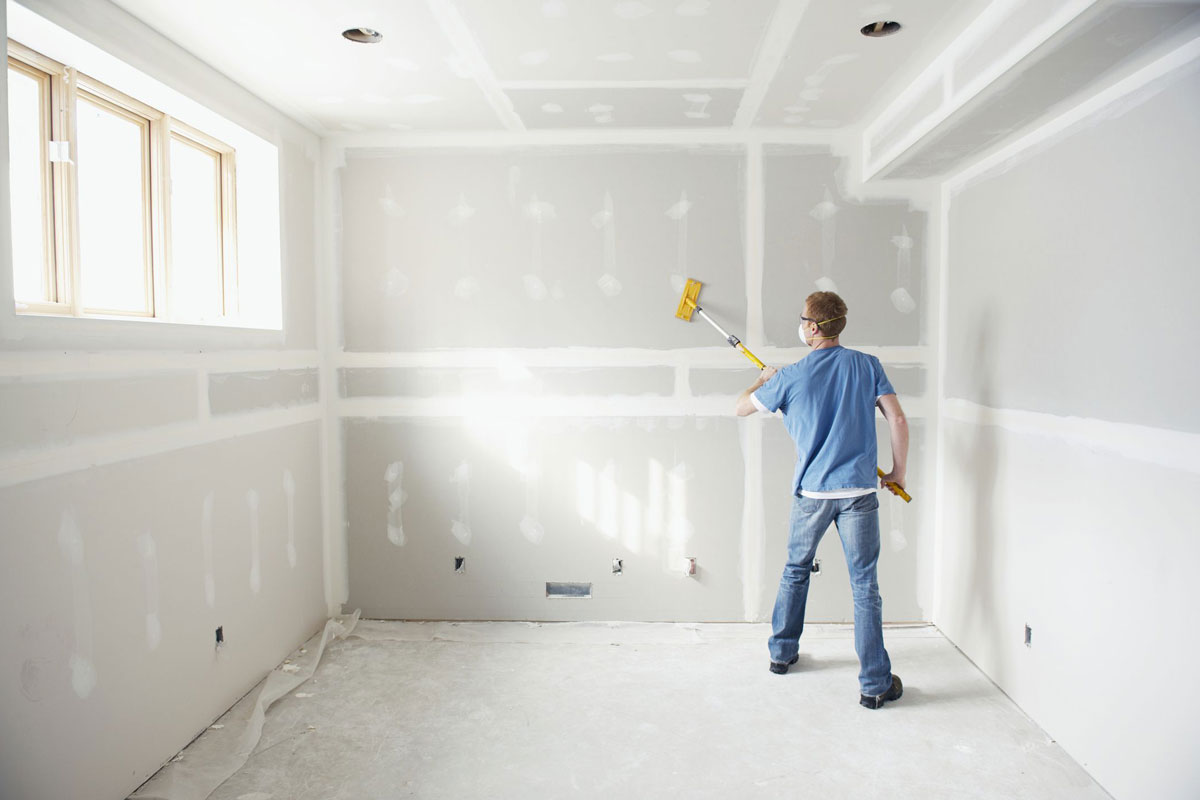

When building your home, every homeowner makes sure that they use the finest materials to make it look welcoming and beautiful. Using high-quality materials not only ensure the safety of your loved ones but also plays a major role in increasing the curb appeal of your home. Today, most homeowners use drywalls when constructing walls and ceilings of their home due to its versatile and robust nature. However, drywalls are light and prone to damages by accidents or the elements, which may require you to hire professional handyman in Vancouver for repairs or replacement.
What are Drywalls?
Drywalls are sheets or panels that people use while building our homes. They are also known as gypsum boards or sheet rocks. They are mostly used in constructing ceilings and walls. Since drywalls are made up of gypsum that is sometimes mixed with several additives to fortify its strength and characteristics. Using such materials for manufacturing drywall helps in reducing water absorption, growth of mold and fungus, and flammability, adding durability and longevity to your home. Also, it is generally manufactured in the form of sheets, which makes it easier to install them.
How Drywalls are Damaged?
Drywalls tends to get damaged due to several reasons, such as:
- Water damage
- Holes caused by pointy materials
- Damages caused by termites
- Popped up nails
- Furniture scuffs
Damaged drywall tarnishes the aesthetic appeal of your interior as well as jeopardizes the structure, becoming a safety concern for the residents. So, it is important to repair the wall immediately with the help of the professional handyman in Vancouver to avoid any future implications.
Fixing a Hole in the Drywall
Drywalls are mostly damaged when something swings a hole in it, or due to mildew or water absorption in a particular part of the wall. If you want to fix a hole in the drywall, here are a few easy steps you can employ:
- The first step is to identify the area of the wall which has been damaged and needs to be replaced. Measure the area of the hole which has to be filled using a measuring tape.
- Make sure that you have the right tools for the procedure. You’ll require a putty knife, utility knife, framing square, joining compound (sheetrock mud is most popularly used), drywall tape, piece of drywall, and sandpaper.
- After measuring the area that requires repairing, remove the piece by using a framing square and then a utility knife. If there is already a hole, just measure it carefully.
- Measure the drywall sheet you need for the replacement and cut it at least an inch larger than the area or hole that is to be repaired.
- Use the joining compound (sheetrock mud) on the sides of the hole and the new drywall piece, and fix it in the hole or area. Remove the excess with the putty knife and put a little bit more of the joining compound on the cracks.
- Use the drywall tape along the lines of the newly placed drywall piece and put a little bit more joining compound and smooth it out with a putty knife.
- Repeat the procedure of using sheetrock mud at least three times until the wall is smooth and even.
- Use the sandpaper to remove any excess material after applying the joining compound.
- Paint the entire wall, not just the repaired patch, to ensure that the drywall looks even.
Repairing drywall might seem seems like an easy procedure, but it requires precision and time. If not done properly the wall will look scruffy and possibly will soon break again. Instead of going through so much trouble, call a professional handyman in Vancouver from Quick Sidekick to get the job done impeccably for you.